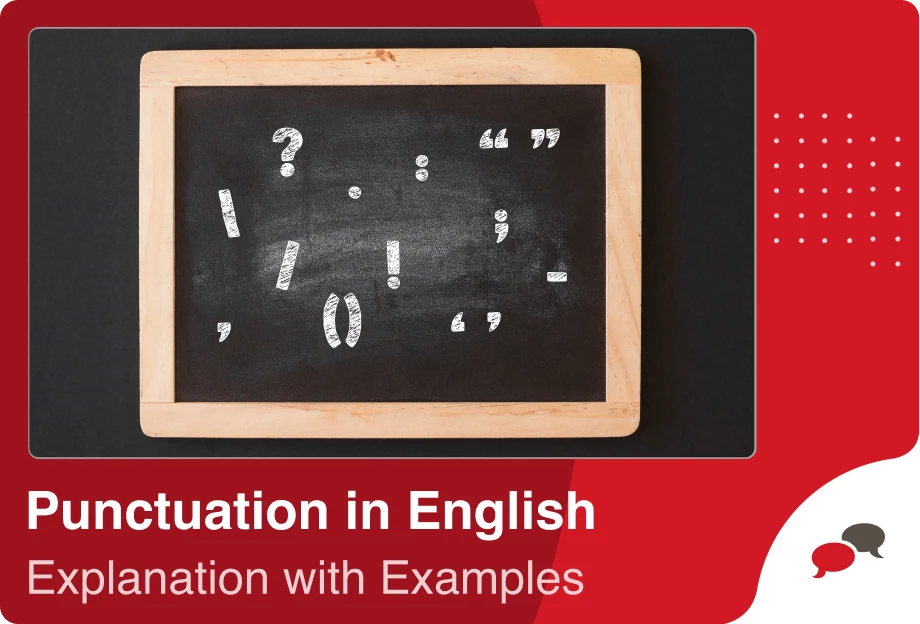Contractions replace the words they represent in a sentence by combining two or more words, typically personal pronouns, auxiliary verbs, and modal verbs. The apostrophe marks the spot where letters have been omitted. Understanding contractions is crucial for fluency in both spoken and written English.
What are Contractions?
Contractions are shortened forms of words created by omitting certain letters and using an apostrophe to indicate the omission. For example, instead of writing “I can not swim,” we use the contraction “can’t” to shorten the phrase, resulting in “I can’t swim.” Contractions are commonly used to save time and space in writing and are essential for understanding abbreviated forms in sentences.
How to Use Contractions
Contractions are widely used in both formal and informal writing. However, their use is generally discouraged in academic essays, business writing, and other formal documents. In these contexts, writing out words in full is preferred to maintain formality and clarity.
Types of Contractions
There are three main types of contractions: positive, negative, and nonstandard. Each serves a different purpose and follows specific patterns.
1. Positive Contractions
Positive contractions combine words to create a shorter form, often involving pronouns and auxiliary verbs. Here are some examples:
I’m going to that party. (I am)
They’re almost grown-ups. (They are)
She’s doing well. (She is)
Note: Some contractions have multiple meanings depending on the context. For instance, “he’d” can mean either “he would” or “he had.”
2. Negative Contractions
Negative contractions combine words to form the negative versions of verbs, making sentences shorter and more conversational. Examples include:
Didn’t the bird fly over there? (Did not)
They started talking again, didn’t they? (did not)
Weren’t we a thing? (Were not)
3. Nonstandard Contractions
Nonstandard contractions are often used in informal speech and writing, and they may not always be grammatically correct. These contractions are typically regional or colloquial. Examples include:
Y’all see this, right? (You all)
This ain’t you. (is not)
When to Use or Avoid Contractions
Even though contractions are common in both formal and informal writing, their use in academic essays or business writing is generally not recommended.
One common mistake when using contractions is confusing them with possessive nouns. To avoid this, always check the meaning of the contraction in the context of your sentence. Here are some examples to illustrate the difference:
Your book is on the shelf. (possessive)
You’re going to hate this movie. (You are)
Their house is old. (possessive)
They’re planning a trip. (They are)
Its color is beautiful. (possessive)
It’s going to be sunny today. (It is)
Whose hat is this? (possessive)
Who’s coming to the school? (Who is)
Commonly Used Contractions and Their Full Form
| I’m | I am |
|---|---|
| You’re | You are |
| He’s | He is |
| She’s | She is |
| It’s | It is |
| We’re | We are |
| They’re | They are |
| I’ve | I have |
| you’ve | You have |
| we ‘ve | We have |
| They’ve | They have |
| I’d | I would/had |
| You’d | You would/had |
| He’d | He would/had |
| She’d | She would/had |
| We’d | We would/had |
| They’d | They would/had |
| I’ll | I will |
| You’ll | You will |
| He’ll | He will |
| She’ll | She will |
| It’ll | It will |
| We’ll | We will |
| They’ll | They will |
| Can’t | Cannot |
| Won’t | Will not |
| Don’t | Do not |
| Doesn’t | Does not |
| Didn’t | Did not |
| Isn’t | Is not |
Examples
-You’re not allowed to park around here.
-We’re grateful to you for all your help.
-Do you want people to think you’re weak?
-We’re trying to determine what happened.
-You’re perfect complements to each other.
-Men aren’t necessities. They’re luxuries.
-They’re buddies from my technical school.
-I can’t conceive of her deceiving me.
-What can’t be cured, must be endured.
-I can’t put up with the way he spits.
-I would love to say yes, but I can’t.
-Don’t disturb me while I am studying.
-I don’t think I’m allowed to do that.
-I don’t know how to use this compass.
-I don’t want to discuss this further.
-Don’t put so much pepper in the soup.
Frequently Asked Questions About Contractions in Writing
What are contractions?
Contractions are abbreviated versions of words or phrases formed by removing specific letters and substituting them with an apostrophe. For example, substitute “can’t” for “cannot.”
When should you use contractions?
Contractions are commonly employed in casual writing, discussion, and human communication to make the content appear more natural and conversational.
Are contractions suitable for serious writing?
Contractions are typically avoided in official writing, such as academic papers, corporate reports, and legal documents, to retain a professional tone.
Do contractions impact the reading of a text?
Yes, contractions can improve text readability and relatability, particularly in casual circumstances.
Would you like to put what you have learned into practice? You can access everything you need to learn English on a single platform! With 25-minute one-on-one live English lessons, 40-minute group lessons, more than 30,000 interactive videos, vocabulary learning tools, AI-supported tutor MiMi, quizzes, and interactive activities, EnglishCentral offers its users a personalized and quality education plan at an affordable price. How about registering for EnglishCentral now and starting to learn English?











